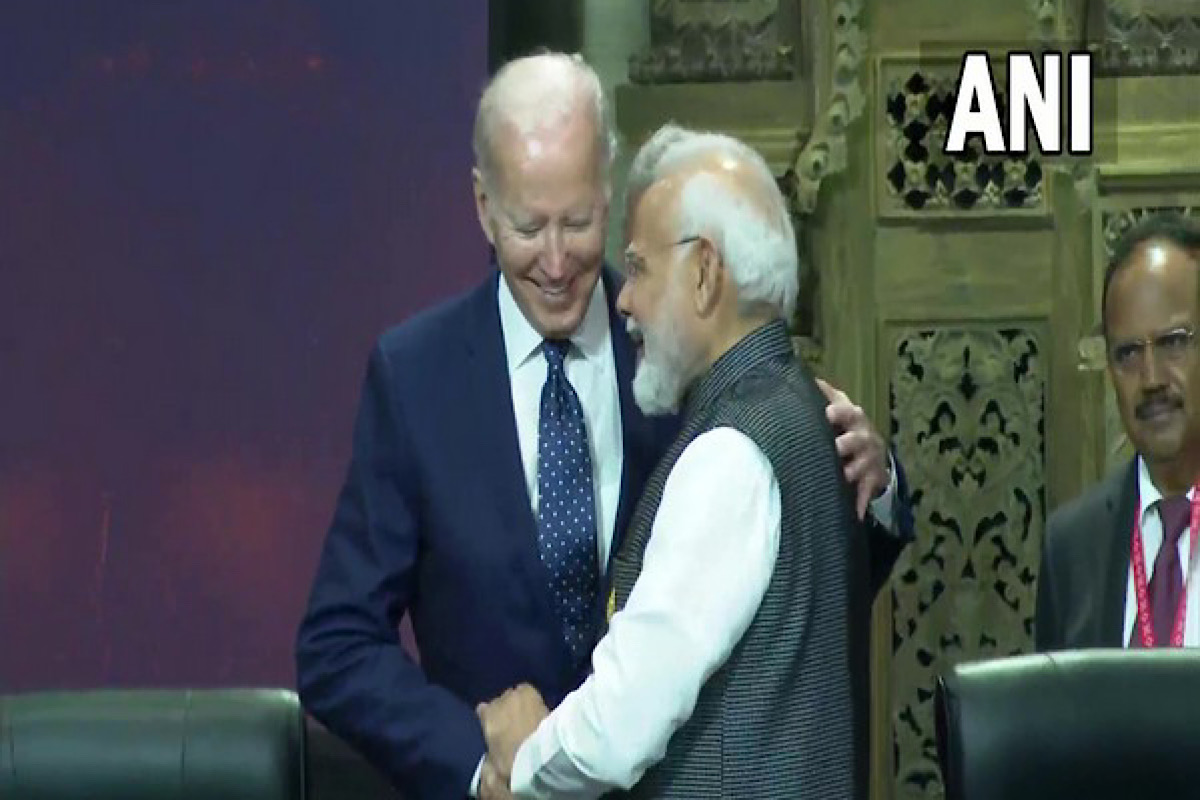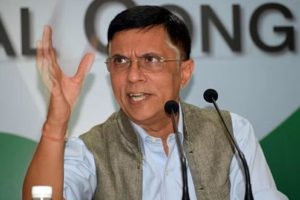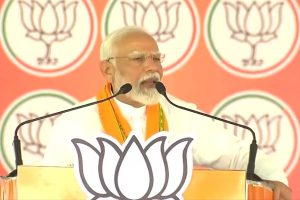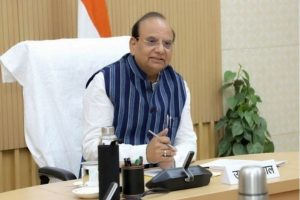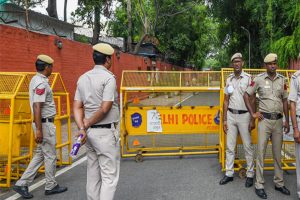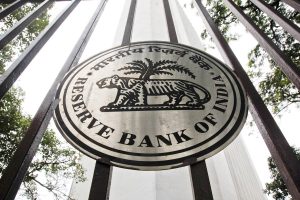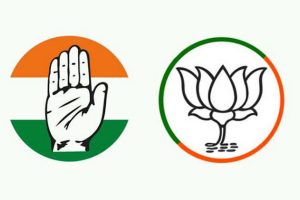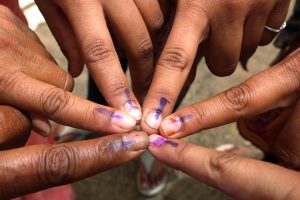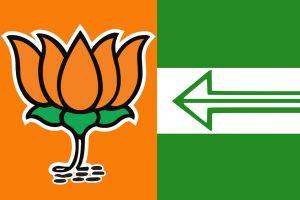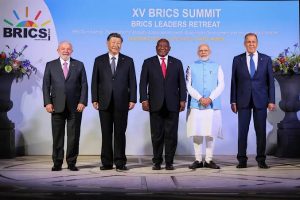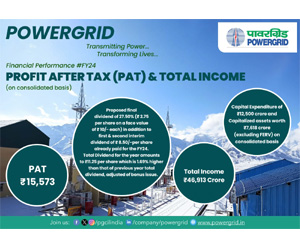Successful visits by the Prime Minister to the US, Egypt, France and UAE displayed India’s growing global status. Defence deals, which largely come with multiple riders and restrictions, as also technology which is shared with close allies, were cleared by both France and the US, without restrictions.
No other dignitary was received the way the Indian PM was in Papua New Guinea, displaying that nations respect those who stand by them in times of trouble. India is a permanent invitee to the G7, heads G20, is a member of multiple western groupings including the Quad, I2U2 (India, Israel, UAE and US) etc. Simultaneously, it is a member of anti-West organizations including the SCO (Shanghai Cooperation Organization) and RIC (Russia, India, China trilateral). BRICS (Brazil, Russia, India, China and south Africa) currently has a mix of both camps. The future path of BRICS will be determined by Indo-China ties. India has its own voice, as was evident by its refusal to endorse Chinese-backed proposals in both the SCO and NAM (Non-Aligned Movement). India is also seeking to be the voice of less developed, post-colonial nations (referred to as the Global South), having travelled the route herself. These nations continue to face food security challenges, debt and climate issues.
They lack a voice and have been exploited by loan sharks like China, which grant them unsustainable loans and in return grab strategic mineral resources and assets. India which rose from their status understands their concerns and challenges. India’s ‘Voice of Global Summit,’ held earlier this year, drew 125 participants from the Global South. In the G20 summit in September, India will push for greater support to these nations. In Africa, India has invested heavily and is a partner in their development. The foreign minister, S Jaishankar, regularly visits the continent. Post paying homage to the leaders of Mozambique’s freedom struggle, Jaishankar tweeted, ‘Paid homage at the Heroes Square this morning. Remembering them brings the Global South together.’
PM Modi has suggested that the G20 consider admission of the African Union, making it G21. The intent is to give a voice to the Global South as also make the G20 more inclusive. The suggestion has garnered reasonable support. This will enhance India’s image. In South Asia, India has been supportive of its neighbours. India was the first to come forward to assist Sri Lanka in its debt restructuring, despite the current President, Ranil Wickremesinghe, not maintaining the best of ties with India in his previous tenure as PM.
With Sri Lanka facing an uphill task it is seeking greater economic integration with India. On India, Wickremesinghe stated that it was now ‘India’s time in the Indian Ocean.’ Simultaneously, India has stood by its other neighbours in their moments of crisis. The first BIMSTEC (Bay of Bengal Initiative for Multi-Sectoral Technical and Economic Cooperation) foreign ministers’ retreat was held in Thailand last week. This grouping includes Bangladesh, India, Myanmar, Sri Lanka, Thailand, Bhutan and Nepal. Post the summit, Jaishankar tweeted, ‘Food, health and energy security are common concerns.
Technology solutions can be subject for both collaboration and exchange of best practices. Our common objective is to enhance growth and promote prosperity.’ Nations which team with India have always gained. Other groupings where India is an active and respected participant is the Asean (Association of South East Nations), East Asian Summit, Asean Regional Forum and the Indian Ocean Rim Association. New Delhi has made SAARC (South Asian Association for Regional Cooperation) defunct because of its deteriorating ties with Pakistan, yet ensured that nations that are members of this organization are individually addressed or included in other forums like BIMSTEC. Afghanistan, shunned by most, has received food aid from India. Militarily, India is a recognized power. The world looks towards India being a net security provider in the Indo-Pacific. Its boosting military power, supported by the West, to challenge Chinese misadventures, gives it the ability to dominate its areas of interest in the Indian Ocean.
Thus, nations seek to partner India. India’s joint military exercises have witnessed a quantum leap in the past few years. The US seeks military alliance for the Indo-Pacific while France desires it for the Arabian Sea. Instead of providing military equipment, as was the norm till recently, Western nations are encouraging their companies to establish assembly or manufacturing units in India, with transfer of technology.
Major global concerns are also making India the hub for MRO (maintenance, repair and overhaul) for their equipment in service in the region. Airbus has chosen India as an MRO hub for various variants of its C 295 aircraft employed in the region. Manufacture of C 295 aircraft in India would commence by 2026. India is considering opening an MRO facility for Russian origin aircraft as Moscow currently faces sanctions. L and T recently signed the Master Shipyard Repair Agreement with the US. This was approved in the last 2+2 meeting between the two countries.
Executive Vice President of L and T, Mr Ramchandani, stated, ‘This agreement marks a global recognition of our unmatched capabilities and facilities to undertake quality ship repairs and refits.’ The world’s changed approach to India is not without reason. In an aptly titled article, ‘Western leaders are making a sensible bet on India,’ Martin Wolf, chief economics commentator at the Financial Times, states, “It is quite reasonable to assume that India will become a great power. It is not that hard to imagine that its economy will be of a similar size to that of the US by 2050.”
He builds his assessment on India’s market, demography and structural reforms. A sign of India’s arrival is global acceptance of Indian UPI. World Bank president Ajay Banga stated while in Delhi, “India’s opportunity is to cash in on the China-plusone opportunity.
This is a three-tofive-year opportunity.” He added, “one thing that is going for India is that a very high share of its GDP comes from domestic consumption, which is very helpful at a time like this.” The Indian growth story is the result of its democratic credentials and elected governments adopting the right path over decades. This cannot be allowed to falter.
(The writer is a retired Major-General of the Indian Army.)

